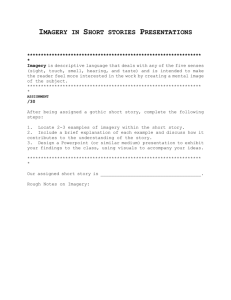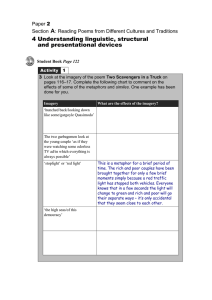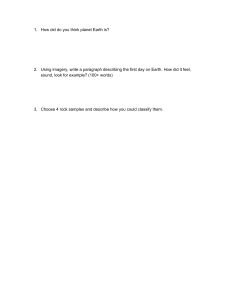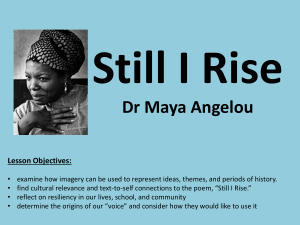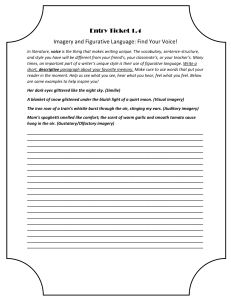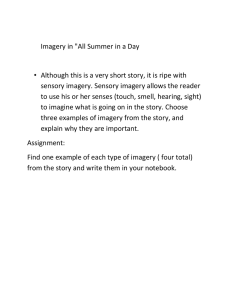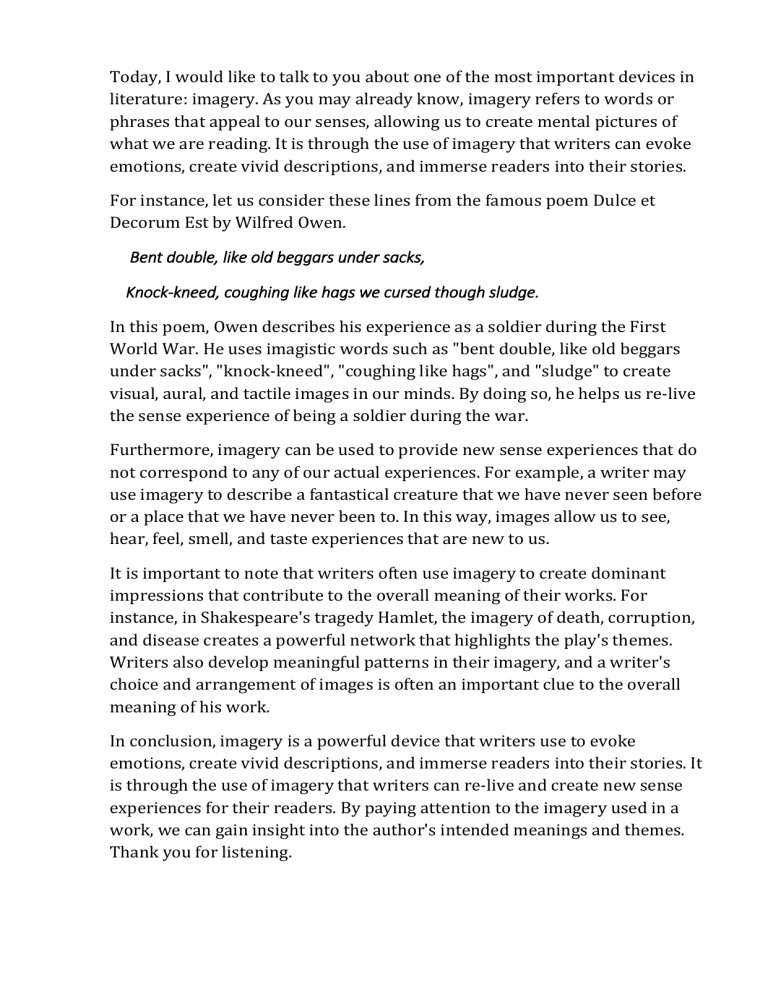
Today, I would like to talk to you about one of the most important devices in literature: imagery. As you may already know, imagery refers to words or phrases that appeal to our senses, allowing us to create mental pictures of what we are reading. It is through the use of imagery that writers can evoke emotions, create vivid descriptions, and immerse readers into their stories. For instance, let us consider these lines from the famous poem Dulce et Decorum Est by Wilfred Owen. Bent double, like old beggars under sacks, Knock-kneed, coughing like hags we cursed though sludge. In this poem, Owen describes his experience as a soldier during the First World War. He uses imagistic words such as "bent double, like old beggars under sacks", "knock-kneed", "coughing like hags", and "sludge" to create visual, aural, and tactile images in our minds. By doing so, he helps us re-live the sense experience of being a soldier during the war. Furthermore, imagery can be used to provide new sense experiences that do not correspond to any of our actual experiences. For example, a writer may use imagery to describe a fantastical creature that we have never seen before or a place that we have never been to. In this way, images allow us to see, hear, feel, smell, and taste experiences that are new to us. It is important to note that writers often use imagery to create dominant impressions that contribute to the overall meaning of their works. For instance, in Shakespeare's tragedy Hamlet, the imagery of death, corruption, and disease creates a powerful network that highlights the play's themes. Writers also develop meaningful patterns in their imagery, and a writer's choice and arrangement of images is often an important clue to the overall meaning of his work. In conclusion, imagery is a powerful device that writers use to evoke emotions, create vivid descriptions, and immerse readers into their stories. It is through the use of imagery that writers can re-live and create new sense experiences for their readers. By paying attention to the imagery used in a work, we can gain insight into the author's intended meanings and themes. Thank you for listening.
